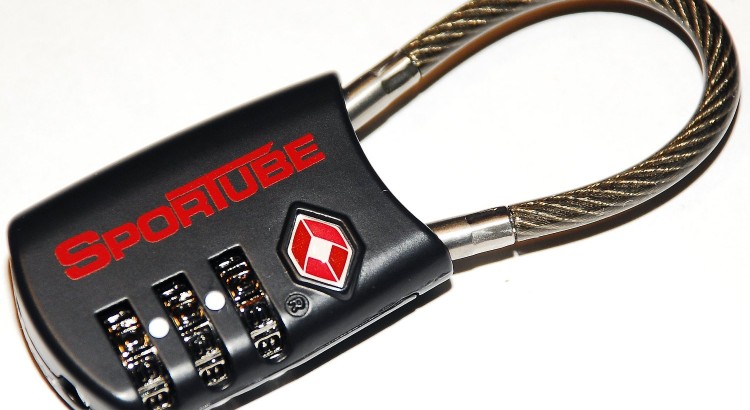Did you Know?
It’s quicker and easier for us to inspect unlocked bags, but if you prefer to lock your bags, here is our tips.
Tips
Your checked bags will be screened and may be physically searched. Although you may lock bags on flights departing Canadian airports, please note:
- Screening officers are not allowed to break locks: they can, however, use special tools to open and re-secure recognized and accepted travel locks.
- These locks are widely used in the United States and other countries and can be purchased at travel stores, airports and retailers in Canada and abroad.
- These can be identified by the following logos*:
 |
 |
 |
 |
- Ask your retailer and read the packaging to confirm locks can be opened by airport security agencies before you buy them.
- If screening officers cannot open your lock, they will ask an airline representative to try to locate you so that you can provide the required key or combination.
- If you cannot be found, the airline representative may break the lock to allow the physical search of your checked bag.
- Any bag that requires a search but cannot be opened will not clear security.
- Checked bags that do not clear security are returned to the airline.
- If your checked bag is opened for a physical search, a “Notification of Checked Baggage Inspection” card will be placed inside.
- CATSA assumes no liability for damage to personal property resulting from this necessary security measure.






